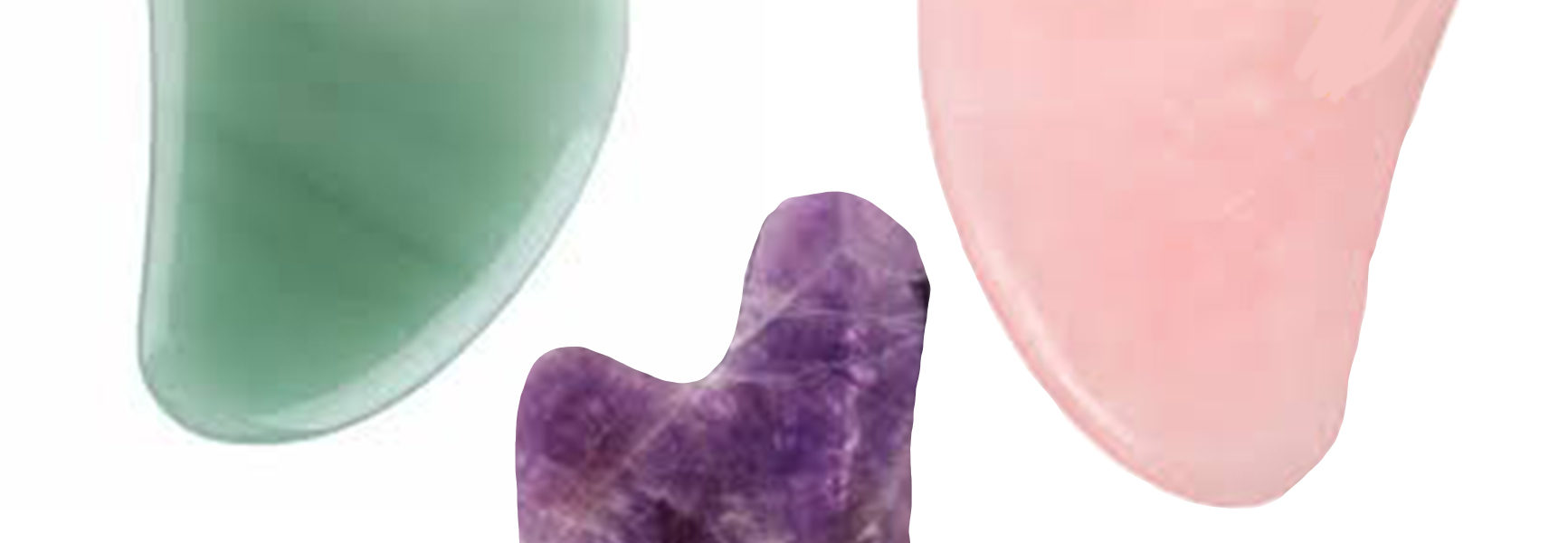By Remy Cush
Skincare has made its way into mainstream cycle of trends, becoming more prominent within the past few years. Numerous products and skincare methods were put into the spot light with the praise of influencers and their followers, while many failed to please the harsh demanding crowd. Amongst those in the recent limelight, has been a method of lymphatic draining called “Gua Sha”.
Originating in traditional Chinese medicinal practices, a smooth flat tool is used to firmly massage the skin, which then draws petechiae to the surface of the skin presenting its self as small brown and purple spots. Gua sha promotes blood circulation and can aid in reducing inflammation. What caught skincare fanatics eye when introduced to this intriguing process, was the fact that it could help de-puff the face to appear much more defined. What was thought to just be a simple method to emphasize the definition of a jawline, is much more of an extensive and purposeful method that holds value in Chinese culture.
The method to obtain the desired effect of facial gua sha is much less intensive when compared to the more traditional body gua sha. Combatting muscle soreness and possible body pains, larger tools and a firmer massage style is utilized to pull petechiae to the skins surface, commonly creating visible irritation and bruises in the targeted areas for multiple days following the treatment. A seemingly more approachable style of this massaging technique, facial gua sha, is a much less visibly “invasive” process, as lighter pressure is utilized the achieve a less-bloated face. The glamour associated with the thin, curvy tool was almost immediately embraced by the skincare world, and has proved its place by becoming apart of people’s daily skincare routines. With the correct technique and tools, a gua sha facial massage can easily be performed at home displaying results with consistent routines. Due to the publicity spike surrounding this tradition, many mainstream corporations such as Urban Outfitter and Sephora have stocked shelves with their rendition of the gua sha tool. Despite their deceivingly cheap price, these tools are most likely not made of authentic jade, which can be more expensive due to its non-porous and cool to the touch characteristics which aid in achieving the desired results. It is best to purchase from a small business that displays its legitimacy and knowledge of these traditional Chinese practices.
Although not necessarily endorsed by the FDA, there have not been any major red flags placed on gua sha, and there is a large cult-like following that as accumulated since the skincare method was first introduced to the mainstream. There must be some credit given by this mass following, especially considering its deep roots in Chinese medicine growing further into the skincare fanatic world.





